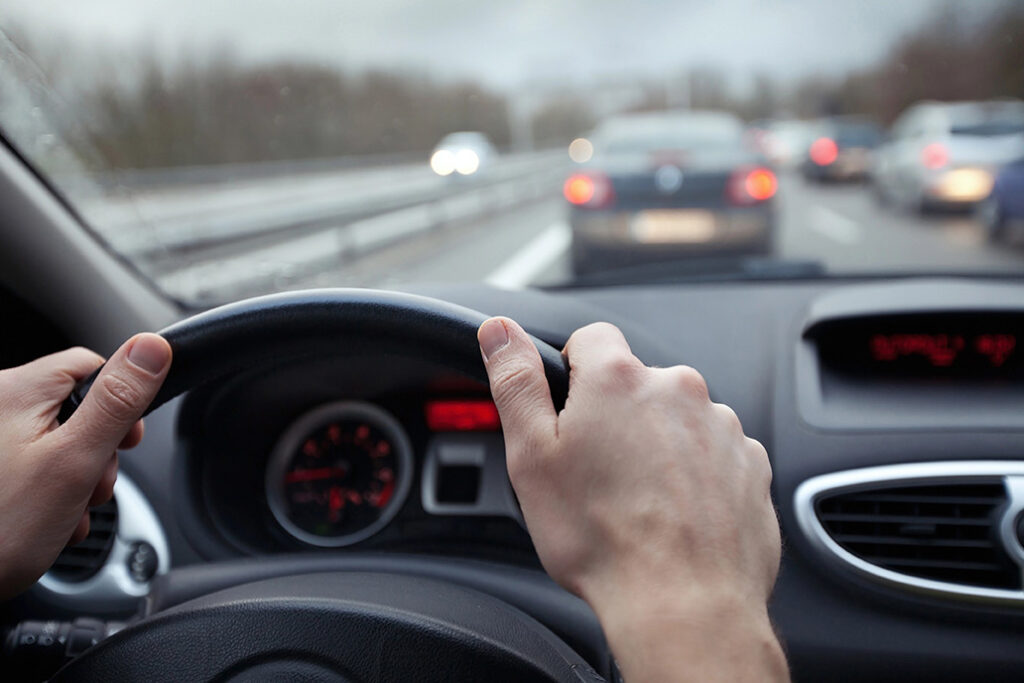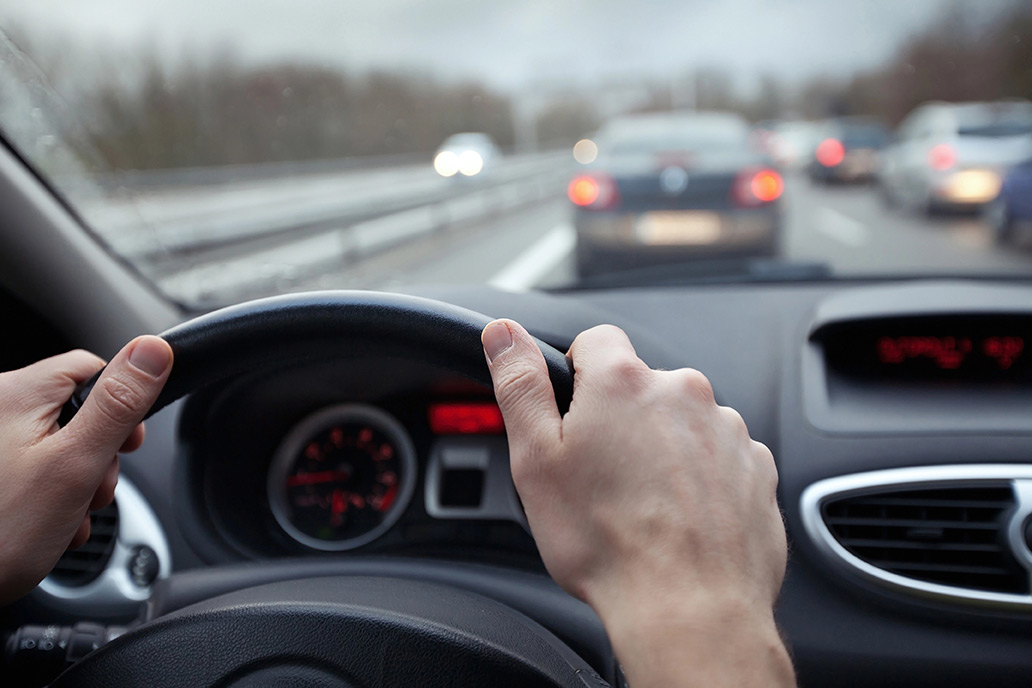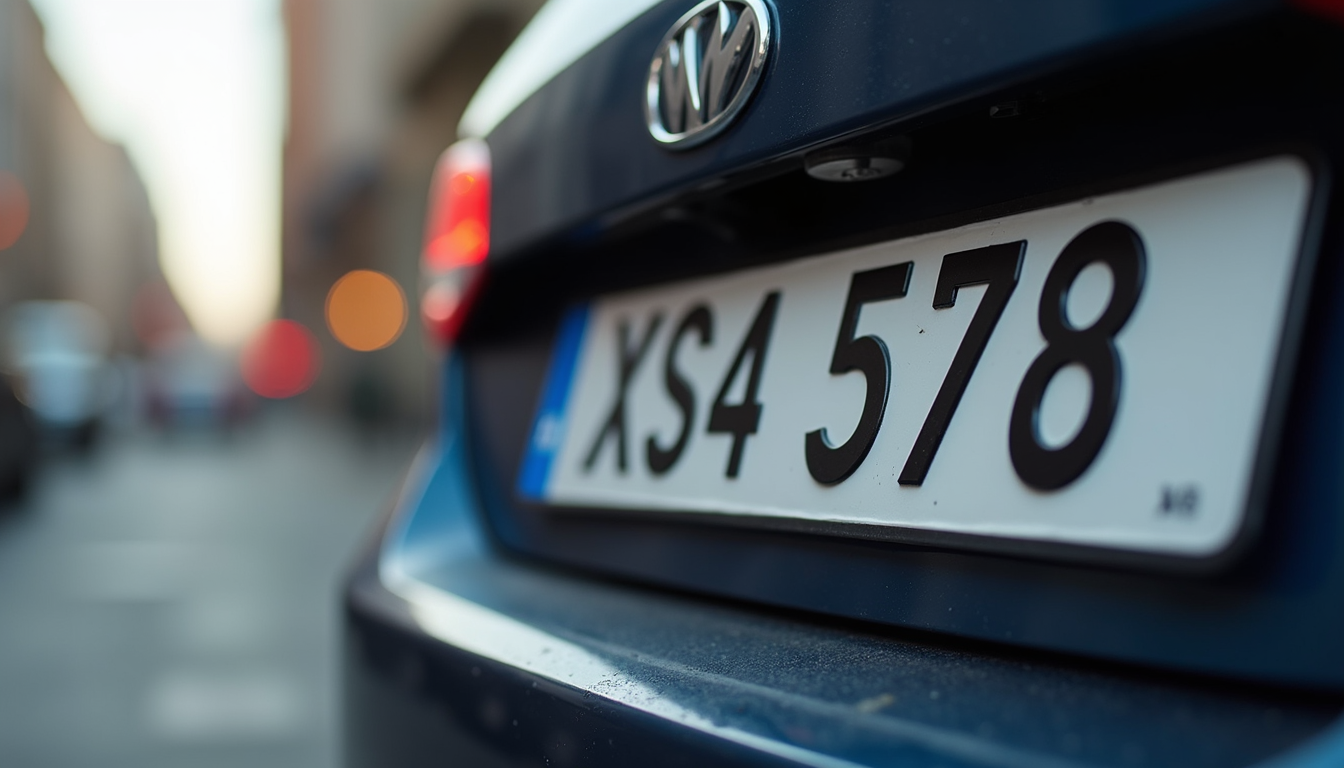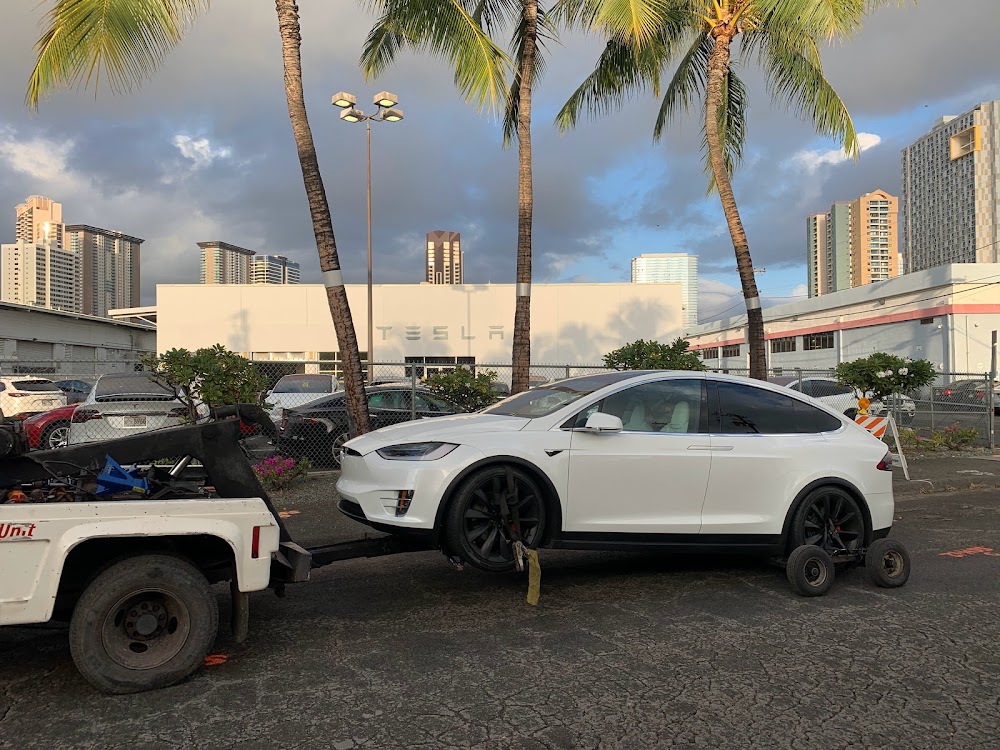
Driving is a responsibility that requires constant focus, skill, and knowledge of road safety practices. However, even experienced drivers can fall into habits that increase the risk of accidents or traffic violations. This article highlights six of the most common driving mistakes and offers practical solutions to help you become a safer, more attentive driver.
Speeding
Exceeding speed limits reduces your reaction time and can lead to dangerous situations if sudden stops are required. Not adjusting speed in high-risk zones, such as near schools or hospitals, increases the potential for severe consequences.
Solution: Always monitor your speed and be mindful of changing limits, particularly in high-risk areas. Adjust your speed based on road conditions and surroundings.
Distractions Behind the Wheel
Using a phone, adjusting settings, or even eating while driving diverts your focus from the road. These distractions are a leading cause of accidents as they prevent drivers from reacting quickly to unexpected events.
Solution: Store your phone out of reach, use hands-free systems for essential calls, and limit in-car distractions. Consider establishing a “no distractions” rule for yourself and passengers.
Not Adjusting for Weather Conditions
Driving at normal speeds during adverse weather conditions like rain, snow, or fog increases the chance of losing control or skidding. Weather-related visibility issues can also make it harder to spot hazards in time.
Solution: In poor weather, reduce speed and increase your following distance. Use headlights appropriately to improve visibility, and ensure your vehicle’s lights and wipers are in good working condition.
Ignoring Traffic Signs and Signals
Ignoring or misinterpreting traffic signs often stems from driver impatience, distraction, or lack of familiarity with road rules. This mistake can lead to traffic violations and even collisions in complex traffic situations.
Solution: Familiarize yourself with traffic signs and signals and stay vigilant at intersections or when entering new roads. Regularly refresh your knowledge of local road rules and highway codes to avoid mistakes.
Tailgating
Following too closely, or tailgating, increases the risk of rear-end collisions. Many drivers underestimate the required stopping distance, especially at higher speeds, leading to insufficient reaction time if the vehicle in front stops abruptly.
Solution: Maintain a safe distance by following the “two-second rule,” increasing it during adverse weather. This space will provide you with adequate time to react to any sudden stops.
Not Using Indicators Properly
Failing to signal intentions when turning or changing lanes is one of the most common driving mistakes, causing confusion and raising the risk of accidents. Inattentiveness or underestimating the importance of indicating can create dangerous situations for surrounding drivers.
Solution: Make it a habit to always signal well in advance, giving other drivers time to anticipate your moves. Reaffirm the habit by practicing proper indicating even in low-traffic areas to keep it second nature.
By understanding these common driving mistakes and adopting the right habits, you can greatly improve road safety for yourself and others. Small changes, such as minimizing distractions and signaling correctly, can make a significant difference in reducing accident risks and creating a safer driving environment for everyone.
The Role of Driving Schools
Driving schools play a pivotal role in promoting road safety by educating new and experienced drivers about proper driving practices. They provide structured learning environments where individuals can gain comprehensive knowledge of traffic laws, vehicle operation, and defensive driving techniques. Through both theoretical lessons and practical training, driving schools emphasize the importance of avoiding common mistakes such as speeding, distracted driving, and improper signaling. By instilling good habits early on and reinforcing them through continuous education, driving schools help drivers become more competent and confident, contributing to safer roads for everyone.











